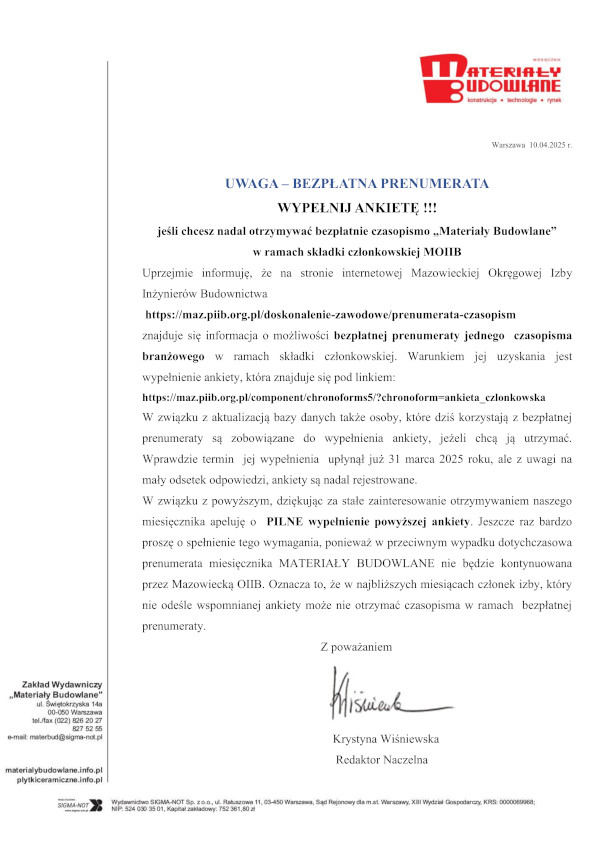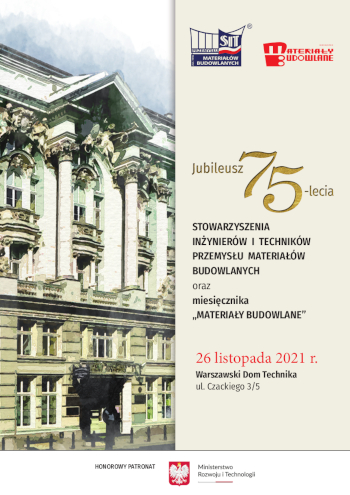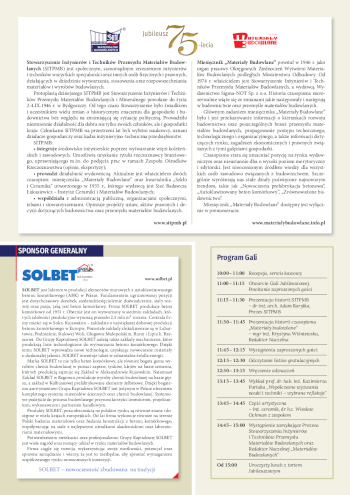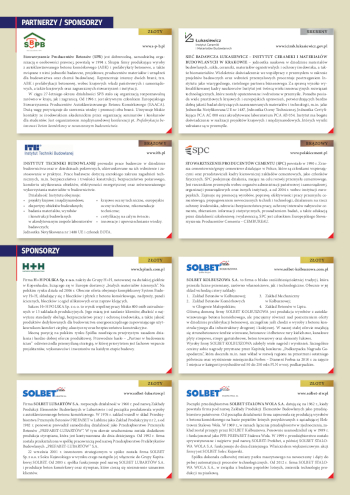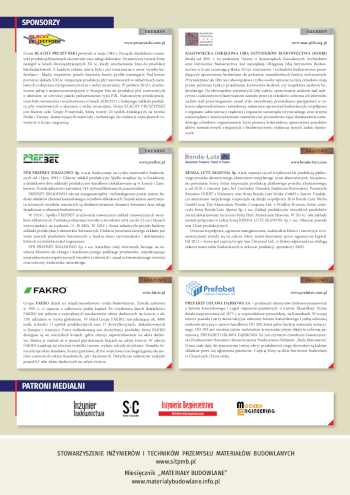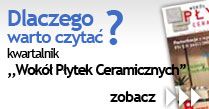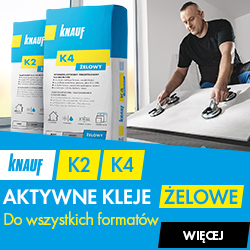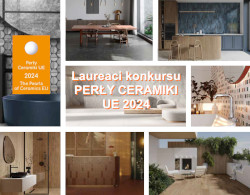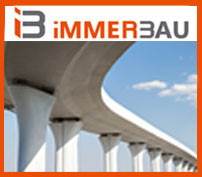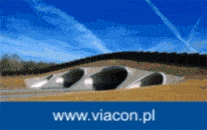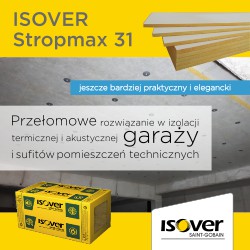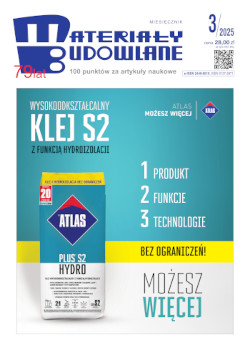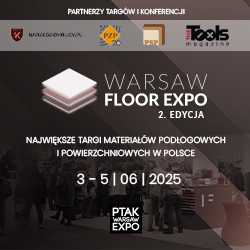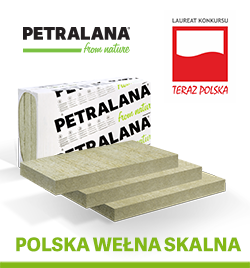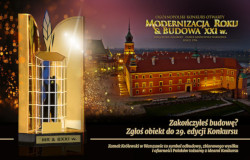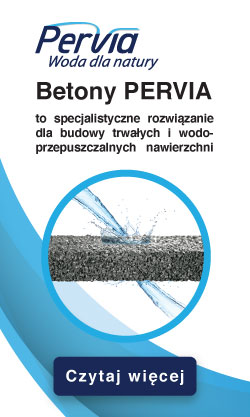Open Access (Artykuł w pliku PDF)
Effect of local reinforcement on the post-breakage load capacity of point-fixed laminated glass
dr hab. inż. Marcin Kozłowski, prof. PŚ, Politechnika Śląska, Wydział Budownictwa
ORCID: 0000-0002-1698-023X
mgr inż. Dominik Wasik, Politechnika Śląska, Wydział Budownictwa
ORCID: 0000-0001-8654-4479
Adres do korespondencji: Ten adres pocztowy jest chroniony przed spamowaniem. Aby go zobaczyć, konieczne jest włączenie w przeglądarce obsługi JavaScript.
DOI: 10.15199/33.2022.12.04
Oryginalny artykuł naukowy
Streszczenie. W artykule przedstawiono wyniki badań wpływu lokalnego wzmocnienia laminatu szklanego za pomocą stalowej siatki tkanej na nośność pokrytyczną elementu. Przebadano łącznie 16 próbek referencyjnych i wzmocnionych. W badaniach monotonicznych wykazano, że wzmocnienie korzystnie wpływa na nośność laminatów szklanych w fazie pokrytycznej. Zwiększa nośność pokrytyczną badanych próbek o 51, 117 i 166% odpowiednio w przypadku próbek z siatką o średnicy 75, 110 i 150 mm.
Słowa kluczowe: szkło laminowane; wzmocnienie; łącznik punktowy; nośność pokrytyczna.
Abstract. The article presents results of laboratory tests of point- -fixed laminated glass samples with local reinforcement in the form of a steel woven mesh. A total of 16, reference and reinforced samples, were tested. It was found that the reinforcement has a positive effect on the post-breakage capacity of the laminated glass. Local reinforcement in the glass increases the post-breakage strength by 51, 117 and 166%for samples with a reinforcement diameter of 75, 110 and 150 mm, respectively.
Keywords: laminated glass; reinforcement point-fixing; post- -breakage capacity.
Literatura
[1] Łagoda G, Łagoda M. Zastosowanie szkła w budownictwie infrastrukturalnym. Materiały Budowlane. 2015; https://doi.org/10.15199/33.2015.07.22.
[2] Centalles X, Castro R, Cabeza LF. Experimental results of mechanical, adhesive, and laminated connections for laminated glass elements – A review. Engineering Structures. 2019; https://doi.org/10.1016/j.engstruct.2018.11.029.
[3] Bedon C, Santasiero M. Transparency in Structural Glass Systems ViaMechanical,Adhesive, and Laminated Connections – Existing Research and Developments. Advanced Engineering Materials. 2018; https://doi.org/10.1002/adem.201700815.
[4] Quaglini V, Cattaneo S, Biolzi L. Numerical assessment of laminated cantilevered glass plates with point fixings. Glass Structures& Engineering. 2020; https://doi.org/10.1007/s40940-020-00119-5.
[5] Kozłowski M. Balustrady szklane: Analizy doświadczalne i obliczeniowe, podstawy projektowania. Wydawnictwo Politechniki Śląskiej. 2019.
[6] Stelzer I, SinghRoopraiM. PostBreakage Strength Testing for Overhead Laminated Glass. Challenging Glass 5 – Conference onArchitectural and Structural Applications of Glass. Ghent University, 2016.
[7] Bedon C, Louter C. Structural glass beams with embedded GFRP, CFRP or steel reinforcement rods: Comparative experimental, analytical and numerical investigations. Journal ofBuildingEngineering. 2019; https://doi.org/10.1016/j.jobe.2018.12.008.
[8] Achintha M. Developments in GFRP Reinforced Bolted Joints inGlass.ChallengingGlass 6Conference on Architectural and Structural Applications of Glass, Delft University of Technology,May 2018.
[9] Martin M. i in. Polymeric interlayer materials for laminated glass: A review. Construction and Building Materials. 2020; https://doi. org/10.1016/j.conbuildmat.2019.116897.
[10] EAD 090062-00-0404 Kits for external wall claddings mechanically fixed. European Assessment Document, EOTA 2018.
[11] Dispersyn J, Belis J, Sonck D. New glass design method for adhesive point-fixing applications. Structures and Buildings. 2015; https://doi. org/10.1680/stbu.13.00103.
Przyjęto do druku: 08.11.2022 r.
Materiały Budowlane 12/2022, strona 14-16 (spis treści >>)


